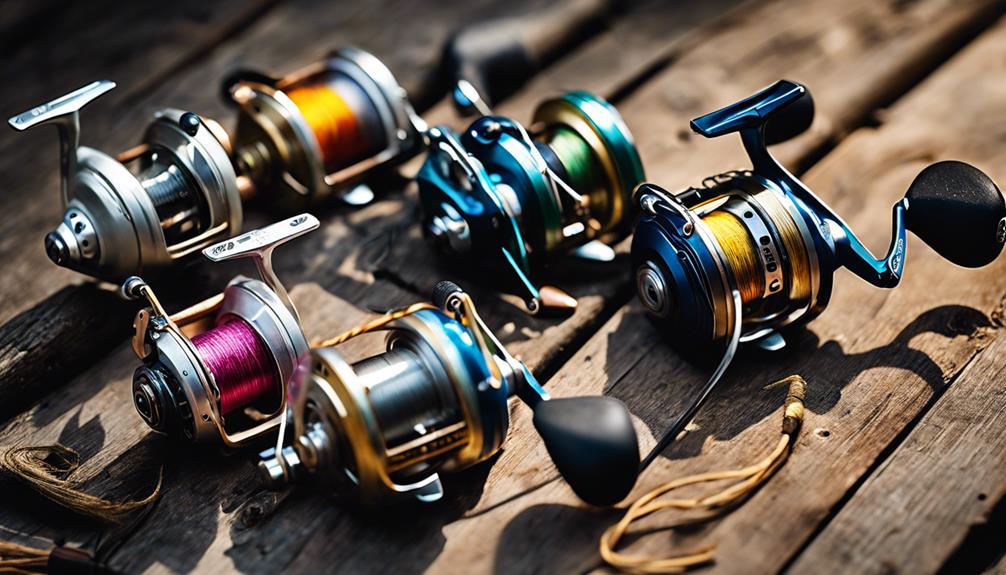Fishing is not only a beloved pastime for many but also an essential aspect of wildlife conservation and management. If you’re planning to cast your line, you’ll need to know the costs associated with obtaining a fishing license. In this blog post, we’ll explore the various factors that influence the price of a fishing license, the types of licenses available, and how you can save some money while ensuring you’re following the law.
Understanding the Basics of Fishing Licenses
Fishing licenses are permits issued by state or provincial agencies allowing individuals to fish in specific waters. The primary purpose of a fishing license is to promote responsible fishing practices, conserve fish populations, and fund programs for fishery management and habitat restoration. When you ask, “how much does it cost for a fishing license?” the answer can vary significantly depending on factors such as your location, age, and the type of fishing you plan to do.
Factors Influencing Fishing License Costs
When determining how much it costs for a fishing license, several factors come into play. Each state or province sets its own licensing fees based on local regulations and conservation needs. For instance, freshwater fishing licenses often cost less than saltwater licenses due to differences in regulation, species management, and fishing pressure. Additionally, many states offer reduced fees for seniors, children, and disabled individuals, which can lower the overall cost for eligible applicants.
Types of Fishing Licenses Available
There are several types of fishing licenses available, and the costs can vary widely depending on the type you choose. Common types include:
1. Resident Licenses: These are typically the most affordable option for individuals who live in the state where they plan to fish.
2. Non-Resident Licenses: These licenses are usually more expensive and cater to individuals from outside the state wishing to fish in local waters.
3. Short-Term Licenses: Many states offer temporary licenses for tourists or infrequent anglers. These can be a cost-effective option if you plan to fish for only a few days.
4. Specialty Licenses: Some states provide licenses for specific types of fishing, such as trout fishing or saltwater fishing. These may incur additional fees.
By understanding the types of licenses available, you can better assess how much it costs for a fishing license tailored to your needs.
Average Fishing License Costs by State
While specific costs can fluctuate, here’s a general overview of average fishing license fees across various states:
– California: Resident licenses typically cost around $52, while non-resident licenses are about $142.
– Florida: A resident freshwater fishing license is approximately $17, while a non-resident license can go up to $47.
– Texas: Resident fishing licenses generally average $30, while non-residents pay about $58.
These figures are just averages—exact costs can vary based on factors like special discounts or package deals. Always check your local fishing regulations for the most accurate and current pricing.
Discounted Fishing Licenses and Special Offers
Many states recognize the importance of encouraging fishing among younger generations and marginalized groups. As a result, they often provide discounts or free fishing days. For example, youth licenses are typically offered at a reduced rate, and some states even allow kids under a certain age to fish without a license.
Moreover, “Free Fishing Days” are designated days when anyone can fish without a license, providing a great opportunity for families to enjoy the sport without the financial commitment. Always check your state’s wildlife agency website for upcoming free fishing days or any special promotions that may help reduce costs.
How to Purchase a Fishing License
Purchasing a fishing license is typically a straightforward process. Most states allow you to buy a fishing license online through their wildlife agency’s website. You will need to provide some personal information, such as your name, address, and date of birth. You might also need to provide proof of residency if you’re applying for a resident license.
If you prefer a more personal touch, fishing licenses can also be purchased at local sporting goods stores, bait shops, and some government offices. When buying in person, make sure to bring identification and any necessary documentation to ensure a smooth transaction.
The Importance of Having a Fishing License
Understanding how much it costs for a fishing license is one thing, but knowing why you should invest in one is another. Fishing without a license is illegal and can result in hefty fines and penalties. More importantly, the fees collected from fishing licenses help fund conservation efforts, fish habitat restoration, and educational programs that promote sustainable fishing practices. By purchasing a fishing license, you’re not just following the law; you’re also contributing to the future of fisheries and the environment.
Conclusion: The Value of a Fishing License
In summary, the question “how much does it cost for a fishing license?” can yield varied answers based on numerous factors, including your location, residency status, and the type of fishing you plan to do. Understanding these nuances will help you make informed decisions and possibly save money. Remember that the investment in a fishing license goes beyond just the cost—it’s about supporting conservation efforts, ensuring sustainable fishing practices, and enjoying a beloved outdoor activity.
So, before you head out to your favorite fishing spot, make sure you have the necessary permits in hand, and enjoy the thrill of fishing while contributing to the preservation of our natural resources. Happy fishing!
